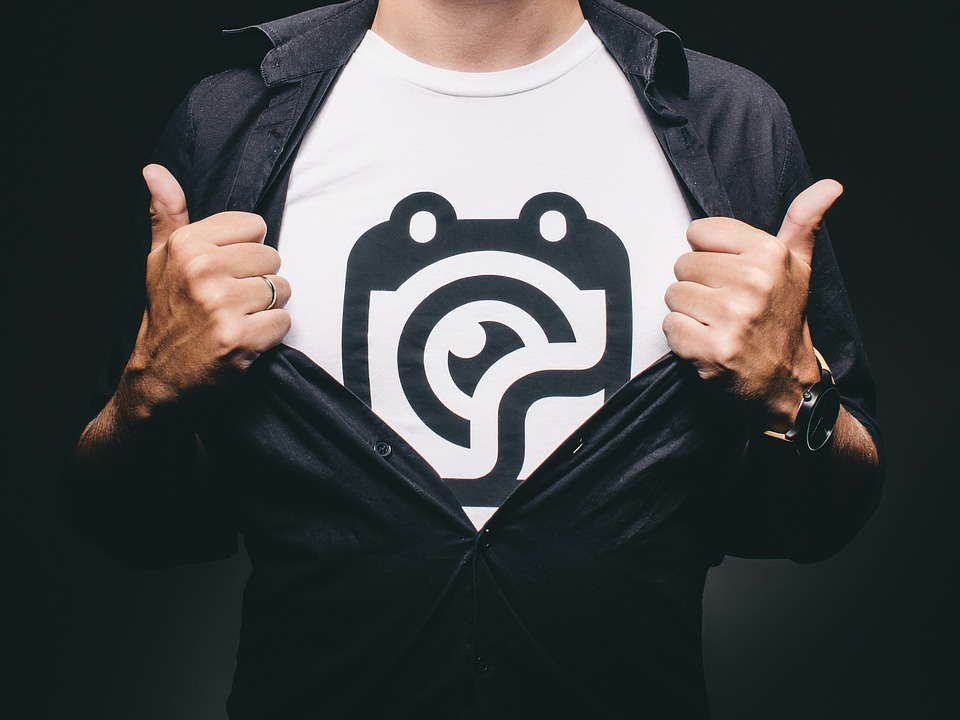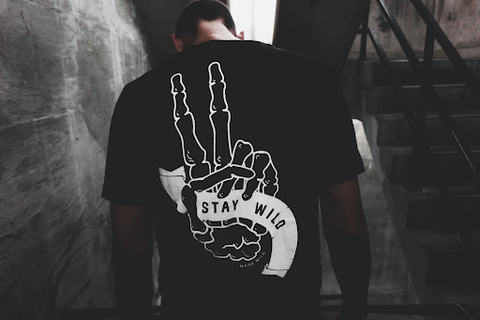
Top T-Shirt Printing Methods to Know About
Making custom T-shirts can be a fun and rewarding experience. Whether you’re making them for yourself and a small group of friends or selling them online, T-shirt printing presents people with an excellent opportunity to let their creativity fly freely while also embracing their unique sense of style. There are several different T-shirt printing methods that people can use to create their clothing designs, though some methods are a bit tricky and can require more practice to get correct than others. If you're a new creator in the world of DIY T-shirt printing, please keep reading through the following techniques to find the one that best fits your needs.
Related: How to Create a Rhinestone Transfer - A Complete Guide
Heat Transfer Vinyl

Heat transfer vinyl is the most commonly used heat transfer T-shirt printing technique for people looking to create DIY T-shirts. It’s an effective method that’s perfect for adding names, logos, numbers, and many other designs onto shirts (as well as several other kinds of clothing items). A few different types of heat transfer vinyl printing are available, but a primary one is commonly known as CAD (computer-aided design)-Cut Printing. This process involves using a specialized machine to cut your designs out onto pieces of colored vinyl. A heat press is then utilized to transfer the vinyl design onto the T-shirt.
This type of T-shirt printing is excellent due to the long lifespan of the designs it produces, and it’s arguably the best technique for those making small orders of shirts to sell online. It’s also an excellent method because it allows the design to be applied anywhere on the shirt easily, and it works with an extensive range of different shirt materials.
Related: How To Use Heat Transfer Vinyl [Buyer's Guide]
Dye-Sublimation Printing
The second DIY T-shirt printing method you should know about is dye-sublimation printing, yet another type of heat transfer printing. As opposed to other heat transfer techniques, dye-sublimation utilizes a special dye-based ink that, when heated, turns into a gas. Heat and pressure are applied over time, which causes the inks to go from a solid to a gas to a solid, allowing it to effectively join to the shirt’s material, rather than creating another layer on top of the shirt. This means that the shirt is left feeling soft and breathable, while the prints won’t fade, crack, deteriorate, or peel as they may over time when using other printing methods. Dye-sublimation is a fantastic technique for those trying to make custom T-shirts with designs that go all over the shirt, and no other method can create such a clean all-over print effect.
Are you looking to create some funky shirts or bags with your very own heat transfer vinyl design? Take a look at the tutorials and top-notch products offered by Avance Vinyl and learn what they can do for you today.
Plastisol Transfers
Plastisol transfer T-shirt printing is a technique that involves inkjet printing your intended design onto plastisol transfer paper and then using heat on that paper to transfer the design onto a shirt. This technique is a good one for those who don’t want to deal with the entirety of the T-shirt printing process. You can easily purchase designs online from companies that will print them onto high-quality plastisol paper for you and mail them to your home. Once you receive them, all you’ll have to do is apply the designs to your T-shirts with heat, and your project will be completed. This is the ideal method for those who want to create custom shirts but who don’t have the time to take care of other techniques’ steps independently.
This method produces similar quality products to screen printing (discussed below), makes very little mess, and allows for various design placements onto the shirt. Additionally, this technique is very useful for testing T-shirt designs (whether full-color or black and white) since it allows several designs to fit onto a single transfer paper.
Screen-Printing

Screen printing is easily the most well-known and often utilized T-shirt printing method, and it’s a technique that has been around for an extended period. The screen-printing process involves unique inks that are thicker than inks used in other T-shirt printing methods. This added thickness helps them last longer and produces vibrant colors that will fade less over time. However, there is a vast spectrum of quality when it comes to screen-printing inks. Be sure to invest in higher quality inks when making your shirts through this process, as lower quality inks are much more likely to fade and often make the shirt’s texture feel strange and stiff.
Screen printing is a preferred T-shirt printing method for those who want to use bright, vibrant colors that will have maximum durability against fading. It’s also the method that should be most considered by those who want to create a large number of shirts, as, once everything is set up, you can produce dozens or even hundreds of shirts of the same design at a breakneck pace. Just make sure that you know the kind of T-shirt material you’re working with so that you can use the most effective mix of inks and screens.
Related: Sublimation Printing: The Ultimate Guide
DTG Printing
The final method of DIY T-shirt printing is the DTG (direct-to-garment) technique. It utilizes inkjet technology to apply full-color, high-quality design directly onto T-shirts. DTG printing is generally best for designs or artwork too detailed or complex to be effectively transferred onto shirts using the other printing methods explored above. This method is a speedy and easy one and typically involves just loading a blank T-shirt into the DTG printing machine and letting it do all of the work.
This method is excellent for those looking to make higher-quality custom T-shirts since it involves injecting the ink directly into the shirt’s fabric. This method also takes minimal setup time (especially compared to screen-printing), and shirts can be ready in less than 30 minutes without following a complicated, multi-step process. All in all, it’s probably one of the better techniques for those looking to make (and potentially sell) a large number of T-shirts in a shorter amount of time.
Do you want to create some specialized custom shirts for your event, business, or just for the fun of it? Check out the top-quality products and resources provided by Avance Vinyl today to learn more.
